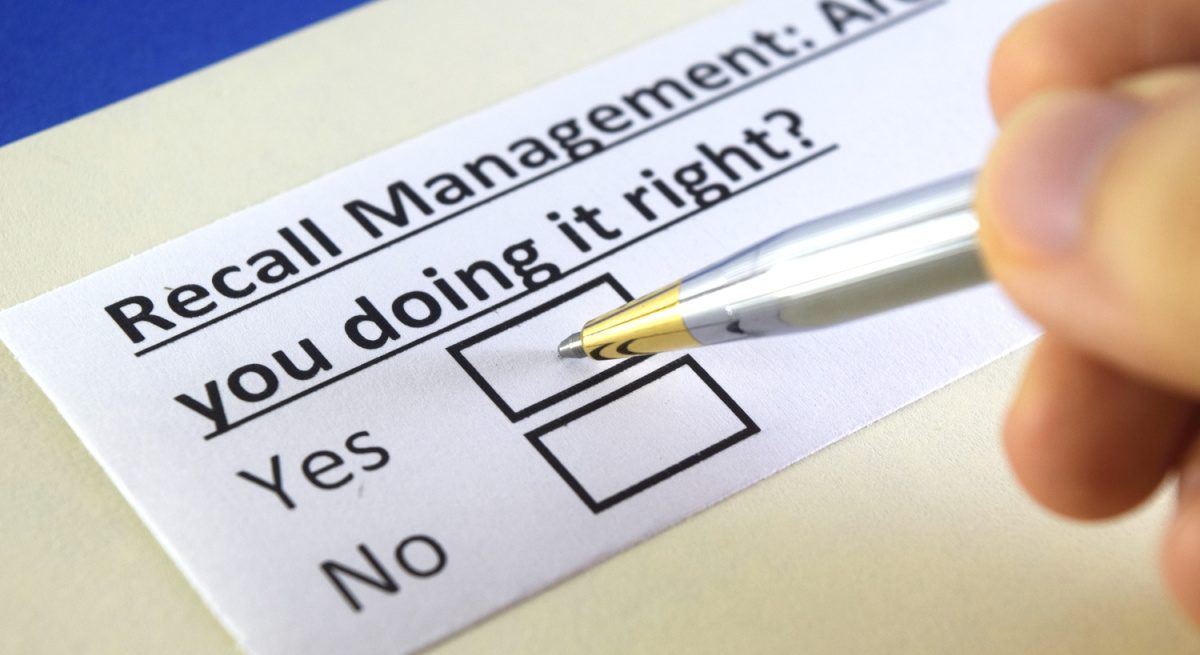Modernize Your Recall Management Plan with Digital and Automated Strategies
4 Min Read By Jim Hardeman
We’re in an unusual time when troubled supply chains are suddenly top of mind for the average American: supply chain woes have become fodder for late-night television hosts, and countless headlines warn us that we should’ve started our holiday shopping yesterday. Discussion of supply chain complexities seems to have become as common as chatting about the weather.
Of course, the importance of healthy, functioning supply chains isn’t news to those in restaurant management – they are the lifeblood of the restaurant and food service industries.
Global and domestic supply chains are more complex and interdependent than ever, and while they offer consumer benefits like more choices, lower prices, and the year-round availability of many food items that were once only seasonal, the increasing number of moving pieces also adds more risk for product quality and food safety failures.
Increasing Risk of Food Recalls Highlights Need for PlanningProduct recalls, market withdrawals…
Sorry, You've Reached Your Article Limit.
Register for free with our site to get unlimited articles.
Already registered? Sign in!


